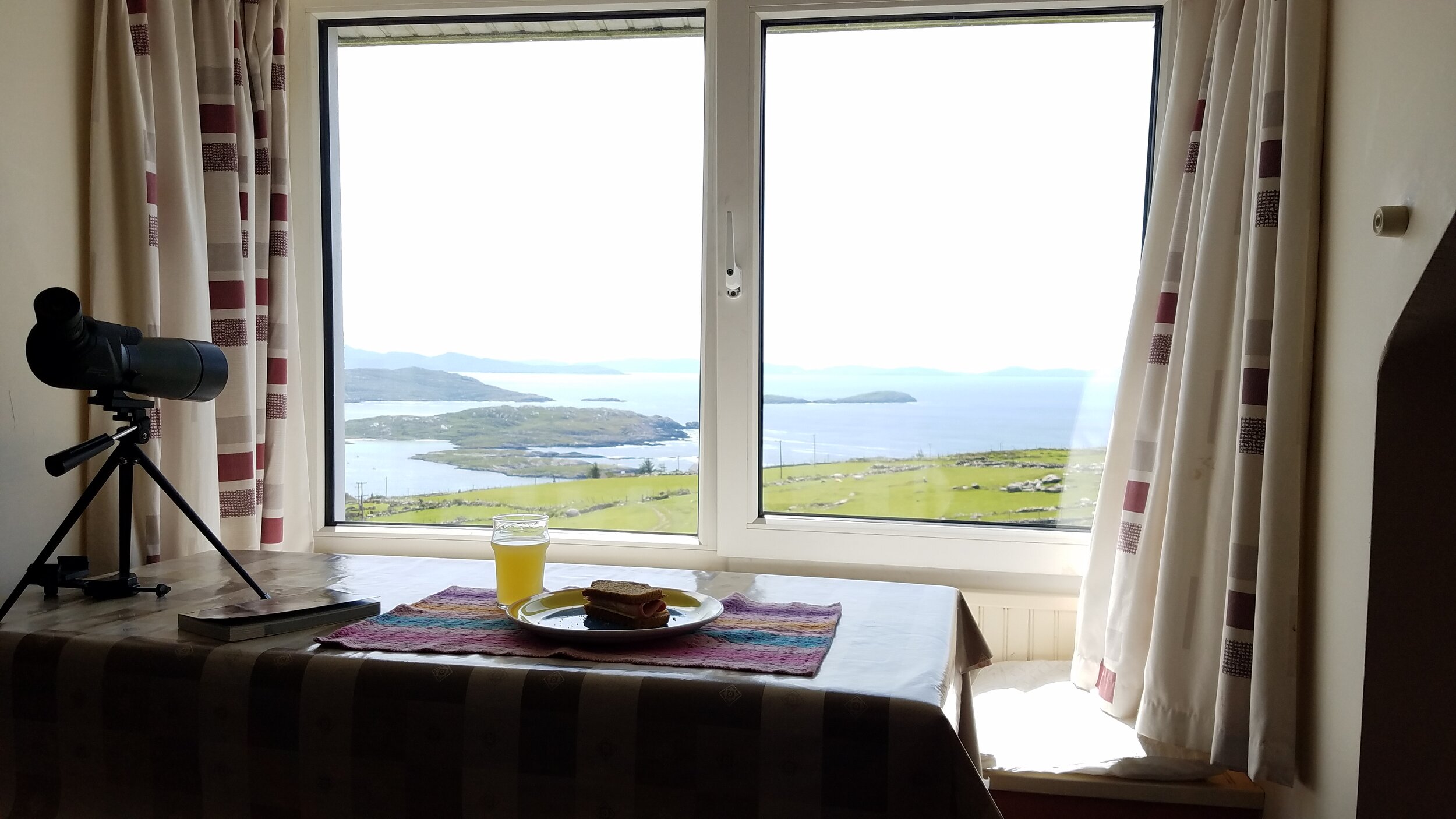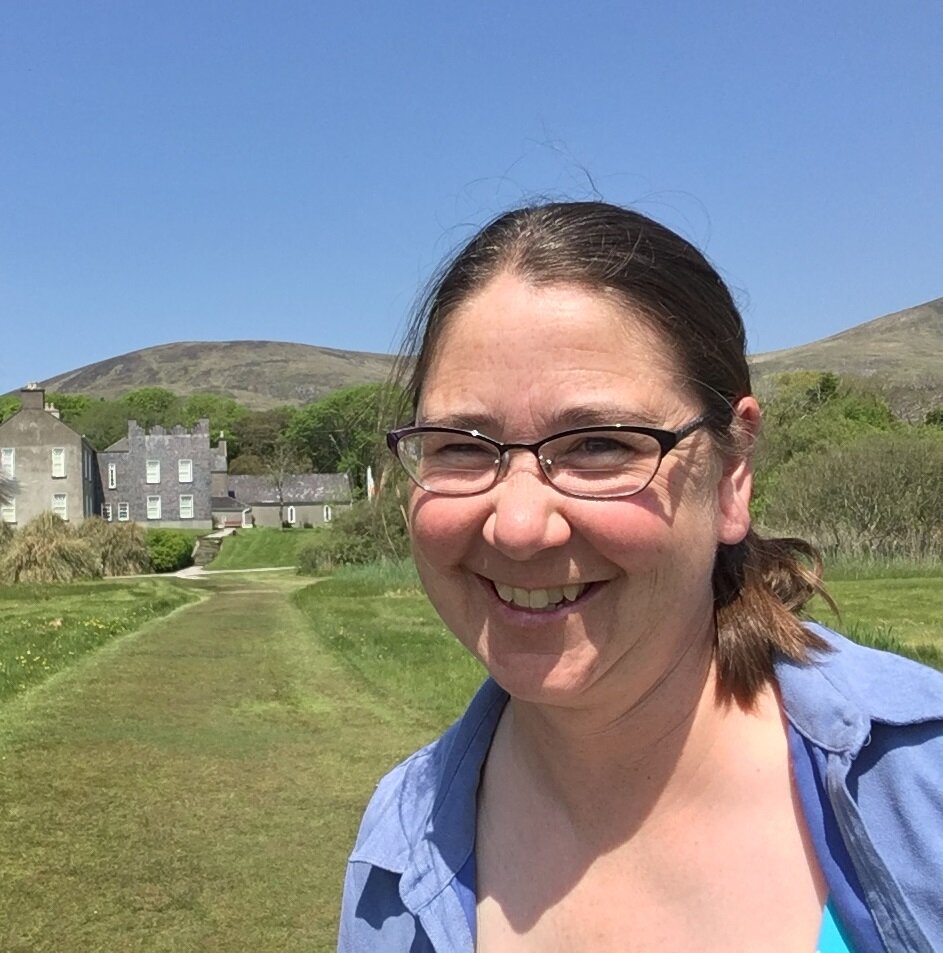Derrynane House is the ancestral home of the O’Connell family and is now a museum to Daniel O’Connell, who is known as the Liberator of Ireland. While Ireland fought English rule for 800 years, the struggle was overwhelmingly one of physical force. Daniel O’Connell sought legal, political, and moral routes to autonomy from English rule, and was able to gain emancipation for Irish Catholics. His views on non-violence and human rights influenced many great leaders worldwide, including Frederick Douglass, Mahatma Gandhi, and Martin Luther King.
Chair presented to O’Connell in 1844.
My family is distantly related to Daniel O’Connell, and I grew up with stories of our family’s work to free Ireland from English rule, by my Fenian soldier great-great-grandfather (also named Daniel O’Connell), to our more famous relative Daniel O’Connell the Liberator. It was a dream come true to be selected to work as a guide at Derrynane House for the 2020 season, where I would spend my days helping to interpret the legacy of this great man for visitors from all over the world.
2020 was not the year any of us were expecting, and one unexpected change is that this summer international visitors are scarce in Ireland. The Irish have embraced the summer “staycation” concept, choosing to holiday in Ireland rather than travel for their summer break, and as a result Kerry has been very busy with Irish from the cities looking for some peace and beauty. It is a strange position for me; I am an American tasked with helping to interpret Irish history to the Irish.
With social distancing, limited numbers allowed in the house, and the need for PPE and sanitizers, much of the job this year is about ensuring safety at the site. Over time, I have come to find the places where the conversations can take place, and revel in every connection I am able to make with visitors. I have enjoyed lively conversations with groups as they queue outside waiting for the next entry, and have continued conversations in the courtyard and gardens after visitors have taken the tour of the house. When a group has young adults in it, I make a point to draw the parallel between our current movements in support of human rights to the positions that Daniel O’Connell took 245 years ago.
Drawing Room, Derrynane House.
Although the year is not what anyone expected, I still revel in the opportunities afforded me this year, both sharing my own knowledge of O’Connell, and learning from our visitors. Derrynane has an extraordinary draw, with important history, beautiful parkland and beaches to explore, and a wildness and remoteness that seems to resonate for all of us. And every day as I arrive to work, I think of the words of Daniel O’Connell, “Do not tear me from this spot, until I have enjoyed some of its renovating effects.”
The Summer House at Derrynane.
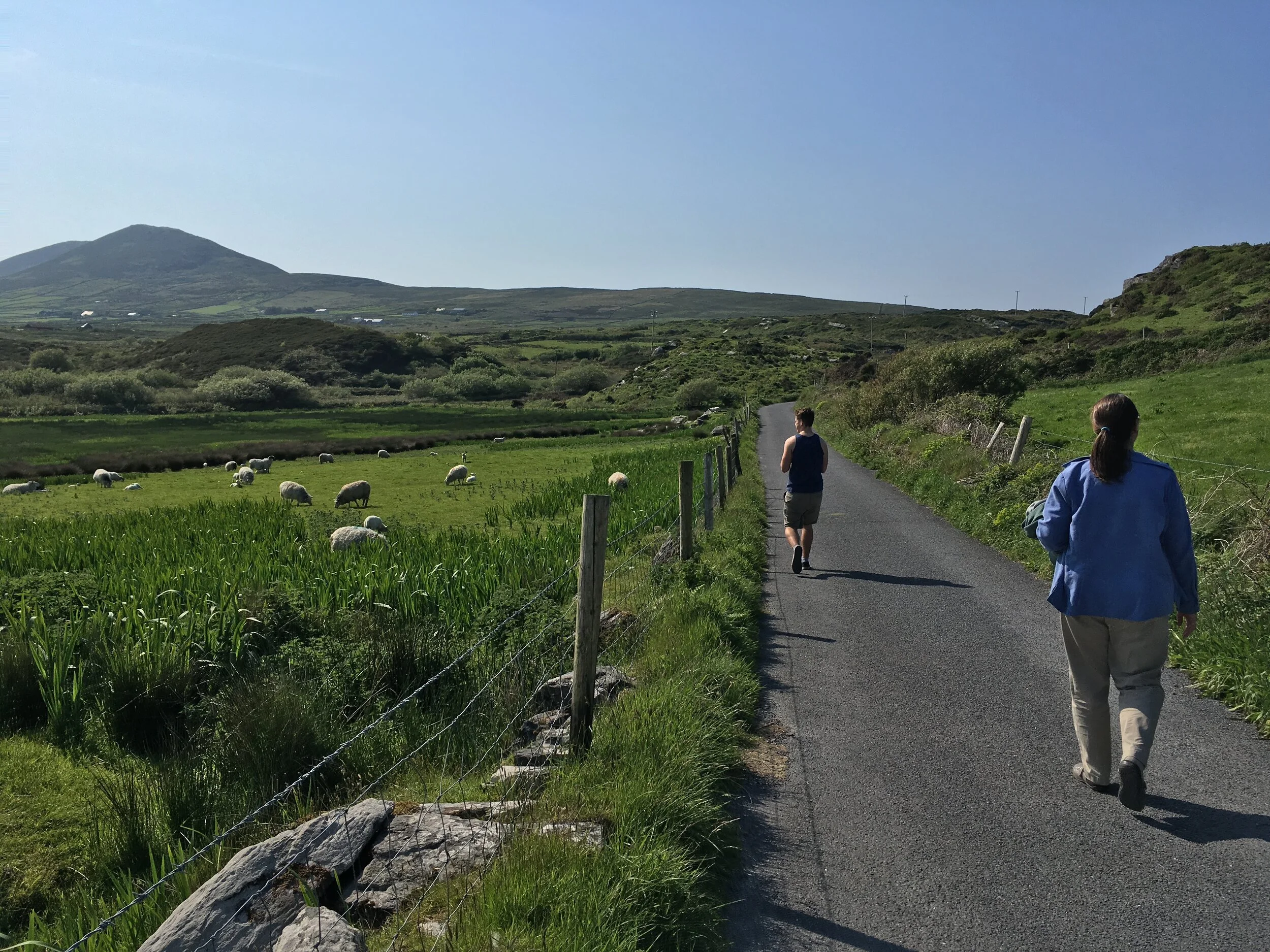
![20200730_094851[1].jpg](https://images.squarespace-cdn.com/content/v1/5c4321a4b105986dd07b940c/1598351328485-OKB812RTWVNEZY14AJJE/20200730_094851%5B1%5D.jpg)


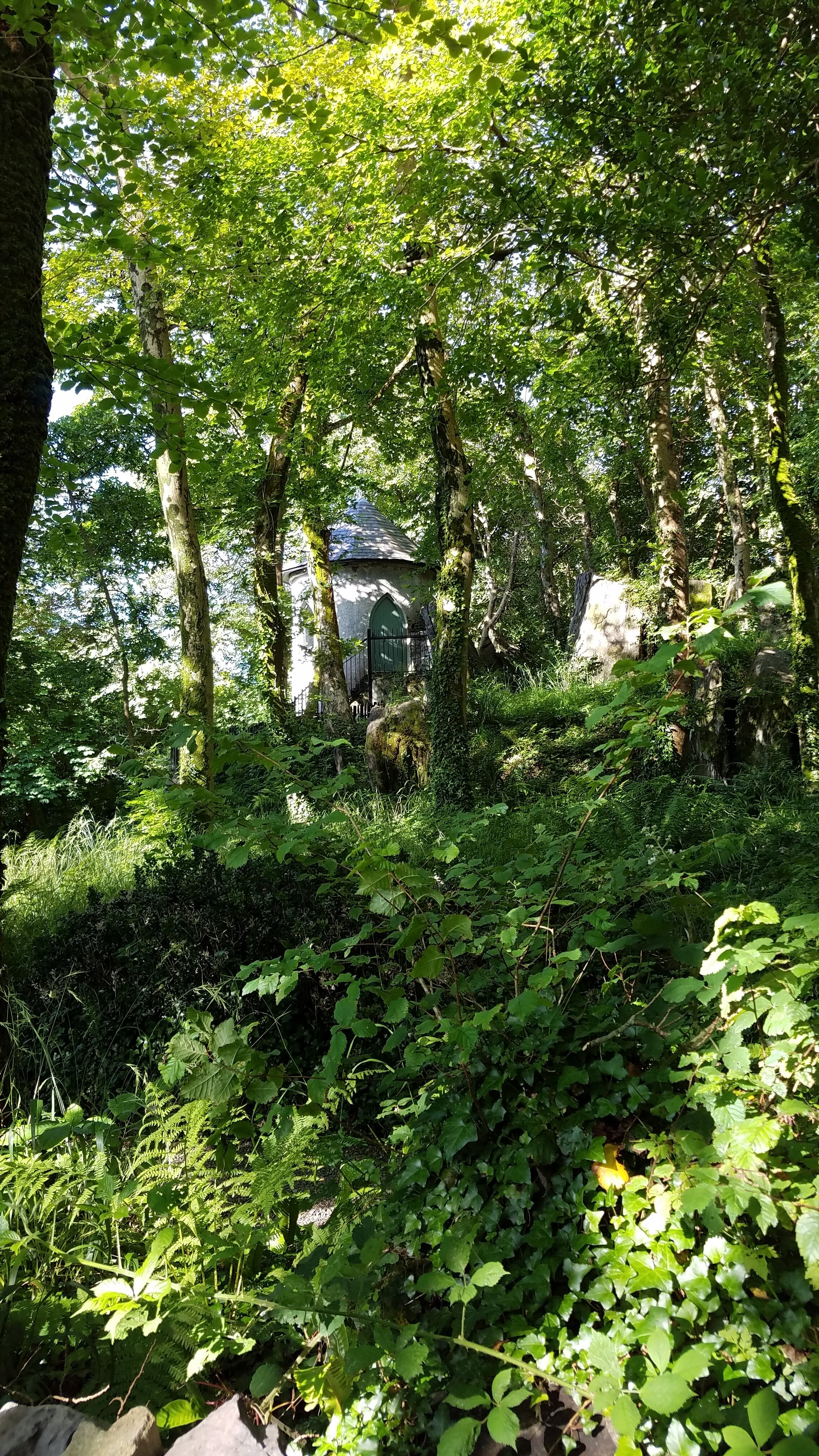






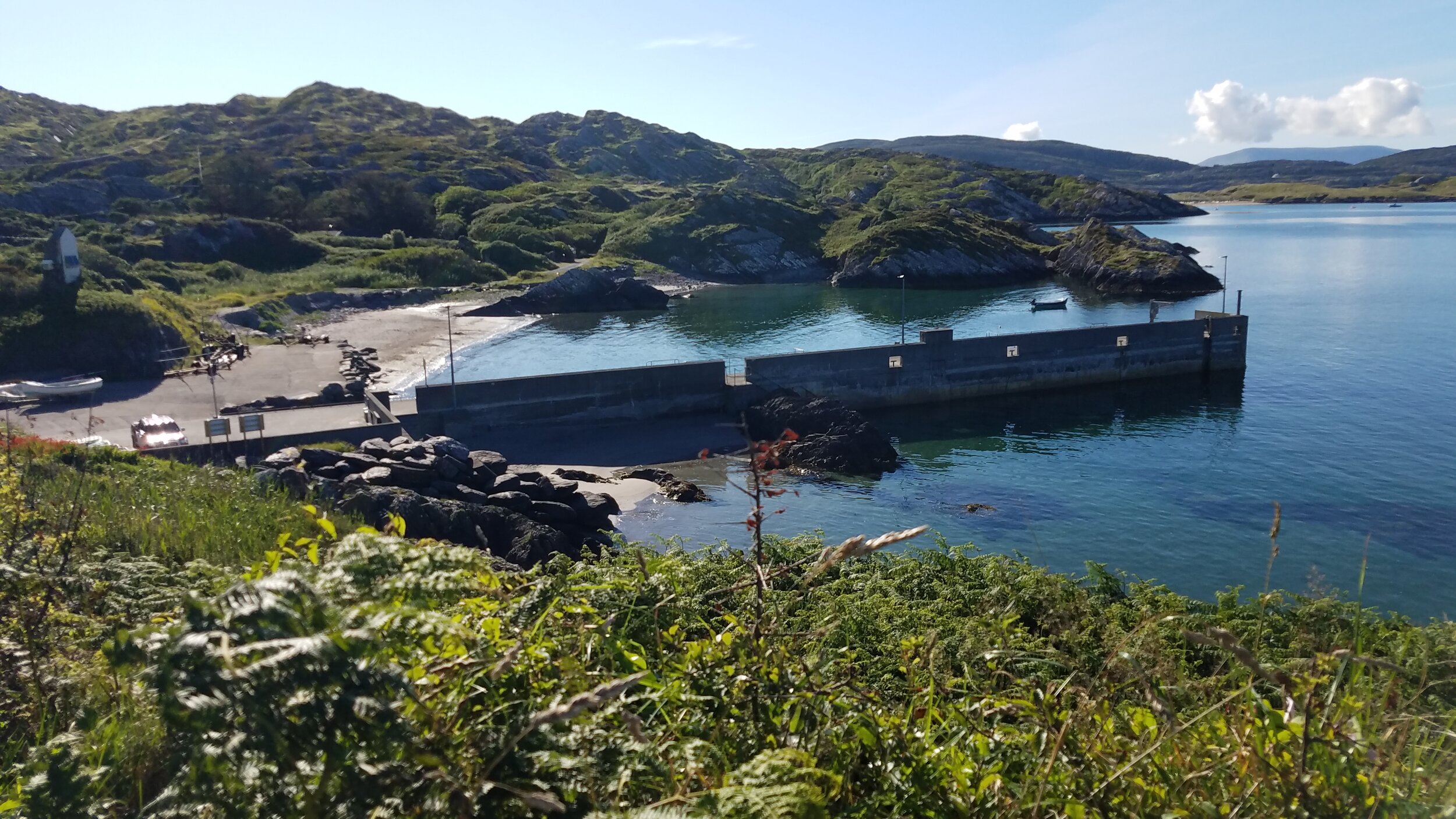




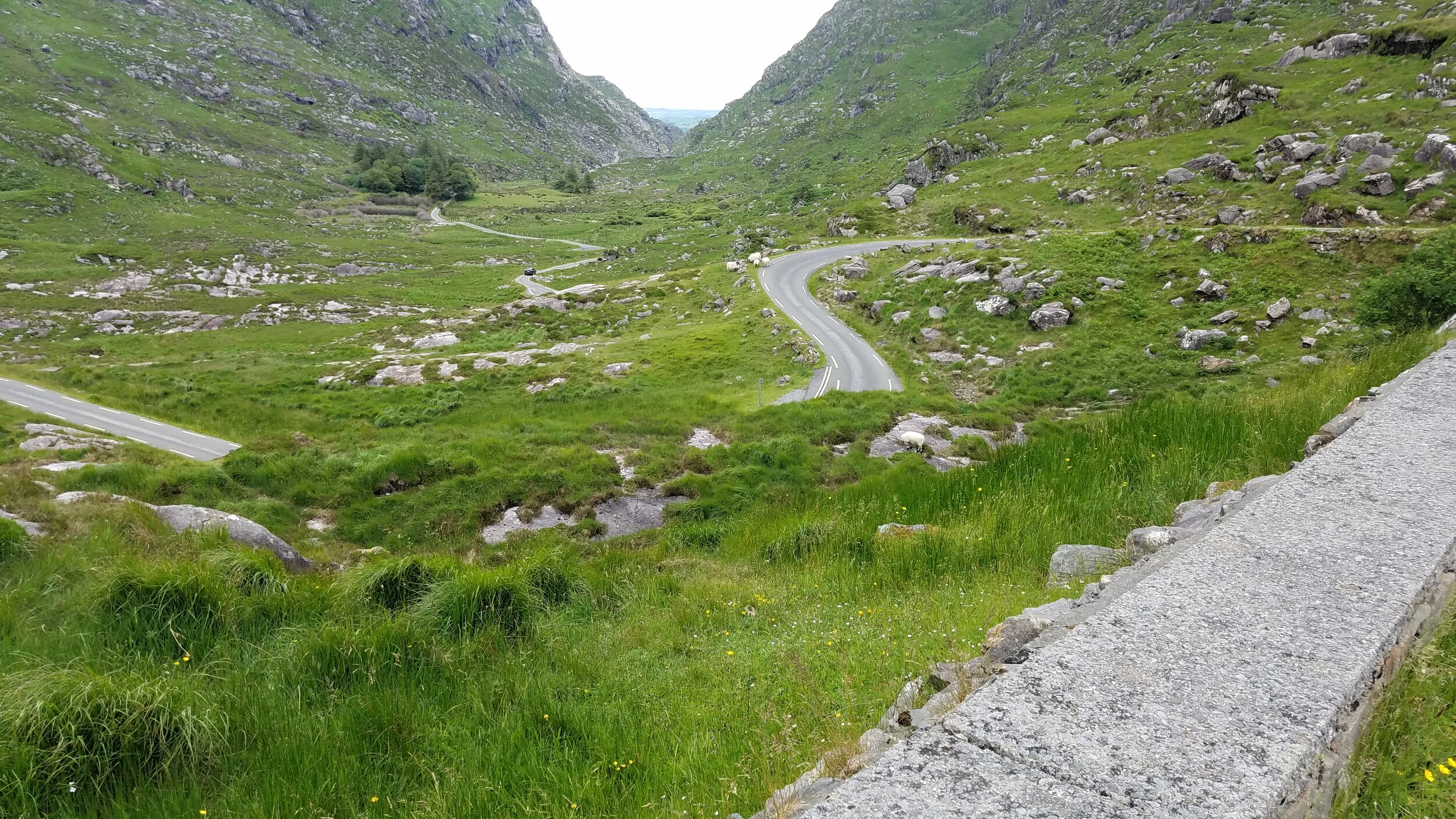

![20200618_104053[1].jpg](https://images.squarespace-cdn.com/content/v1/5c4321a4b105986dd07b940c/1593380996010-F2X88FAXE7RI02N55IKC/20200618_104053%5B1%5D.jpg)

